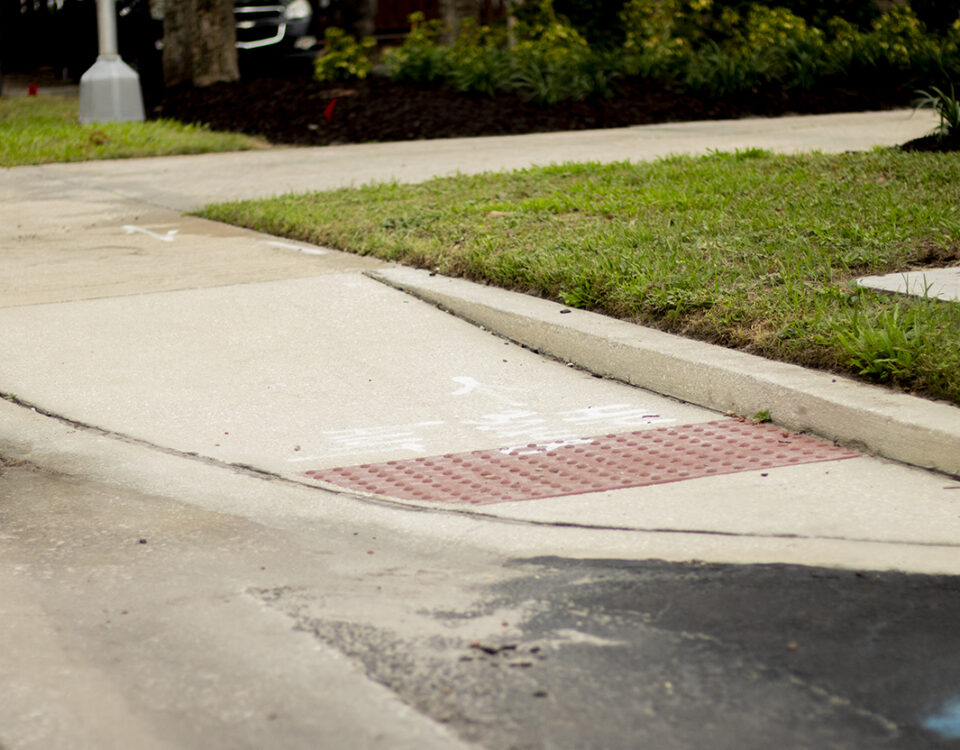Enhancing Accessibility with Flashing Alarm Lights: A Critical ADA Feature
July 28, 2023
Rearranging Telephones for ADA Compliance: Bridging the Communication Gap
August 8, 2023The Americans with Disabilities Act (ADA) is a pivotal piece of legislation that seeks to eliminate barriers and promote accessibility for individuals with disabilities in various public spaces. One important aspect of ADA compliance is the addition of raised markings on elevator control buttons. In this article, we’ll delve into why adding these tactile features matters, how it aligns with ADA standards, and its significance in facilitating accessible transportation.
At a Glance
- Accessibility: Adding raised markings to elevator control buttons ensures that individuals with visual impairments can identify and select their desired floor independently, promoting equal access.
- Independence: Properly marked buttons empower individuals with disabilities to operate elevators autonomously, fostering their sense of self-reliance.
- Safety: Tactile features on buttons reduce the risk of accidents, benefiting everyone, not just individuals with disabilities.
- Legal Requirement: The ADA mandates specific standards for elevator control buttons to ensure fairness and accessibility.
- Inclusivity: Adding raised markings aligns with universal design principles, making elevator operation more convenient for everyone, regardless of their abilities.
Tactile Standards and Measurements:
ADA guidelines provide specific standards for the addition of raised markings to elevator control buttons. These standards ensure that individuals with visual impairments can easily differentiate between buttons and effectively use the elevator. For instance, the raised markings must be at least 1/32 inches in height, and the buttons should be marked with both the corresponding floor number and Braille characters.
Braille Characters:
In addition to raised markings, Braille characters on elevator buttons are a crucial component of ADA compliance. These characters enable individuals with visual impairments to read and select the correct floor. The Braille characters must follow specific guidelines for height, spacing, and sizing to ensure readability.
Clear Floor Space:
To facilitate wheelchair users’ access to elevator control buttons, ADA guidelines also mandate the provision of a clear floor space in front of the buttons. This space allows individuals using wheelchairs to approach the buttons comfortably and use them without encountering obstacles.
Importance of Compliance:
Adding raised markings and Braille characters to elevator control buttons is not just a matter of following regulations; it’s about promoting inclusivity and ensuring that everyone can navigate multi-story buildings independently. Accessible elevators are essential for individuals with visual impairments, as well as those with mobility challenges, as they enable equal access to transportation within buildings.
Promoting Independence:
Elevator buttons with raised markings and Braille characters promote independence among individuals with disabilities. They can operate elevators without relying on assistance, which is essential for their autonomy and confidence.
Enhancing Safety:
Tactile features on elevator buttons also contribute to safety by ensuring that individuals can use them without encountering physical barriers or hazards. This enhances safety for everyone using the elevator, not just those with disabilities.
In conclusion, adding raised markings and Braille characters to elevator control buttons is a significant step toward achieving a more accessible and inclusive society. It ensures accessibility, promotes independence, enhances safety, and demonstrates a commitment to the principles of the ADA. As we continue to adapt our public spaces, let us remember that accessible elevator controls are more than just an addition; they are a tangible expression of our dedication to ensuring that everyone, regardless of their abilities, can access all areas of multi-story buildings with ease and dignity.



